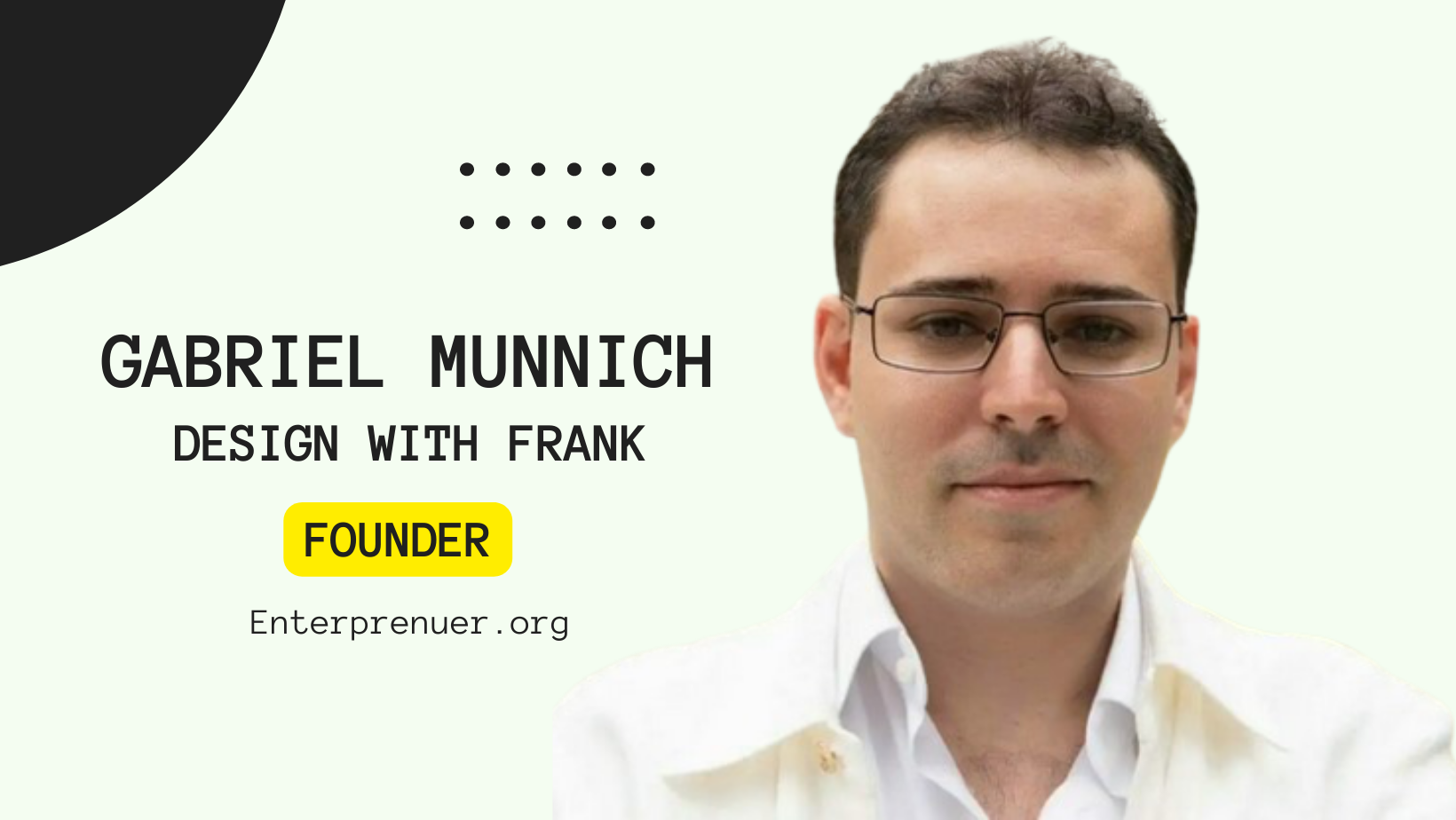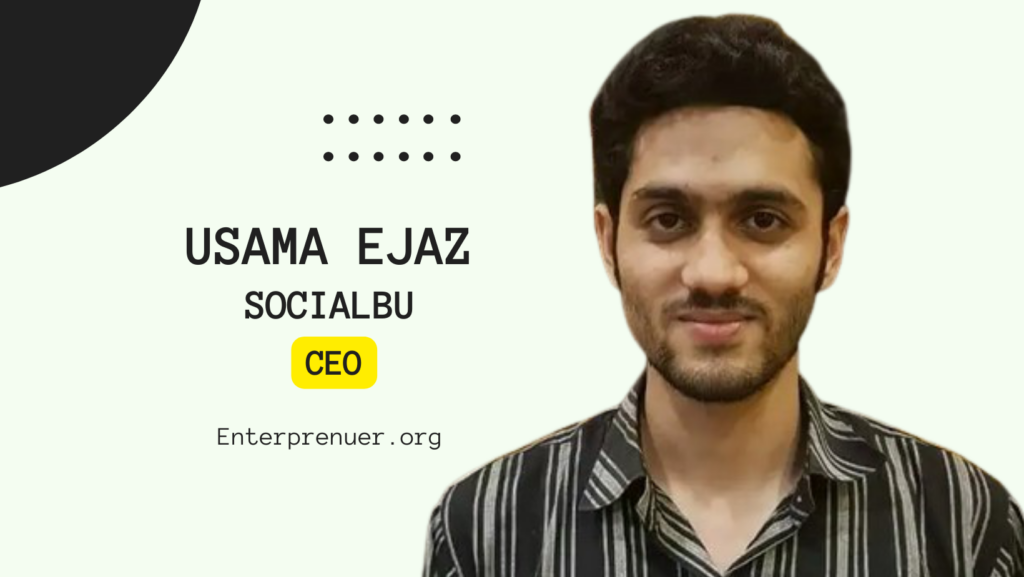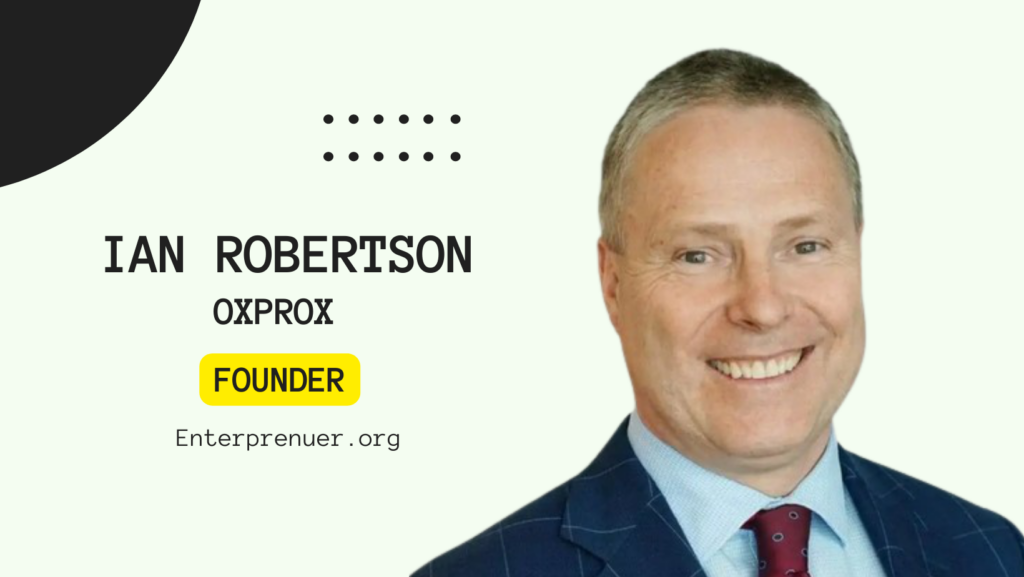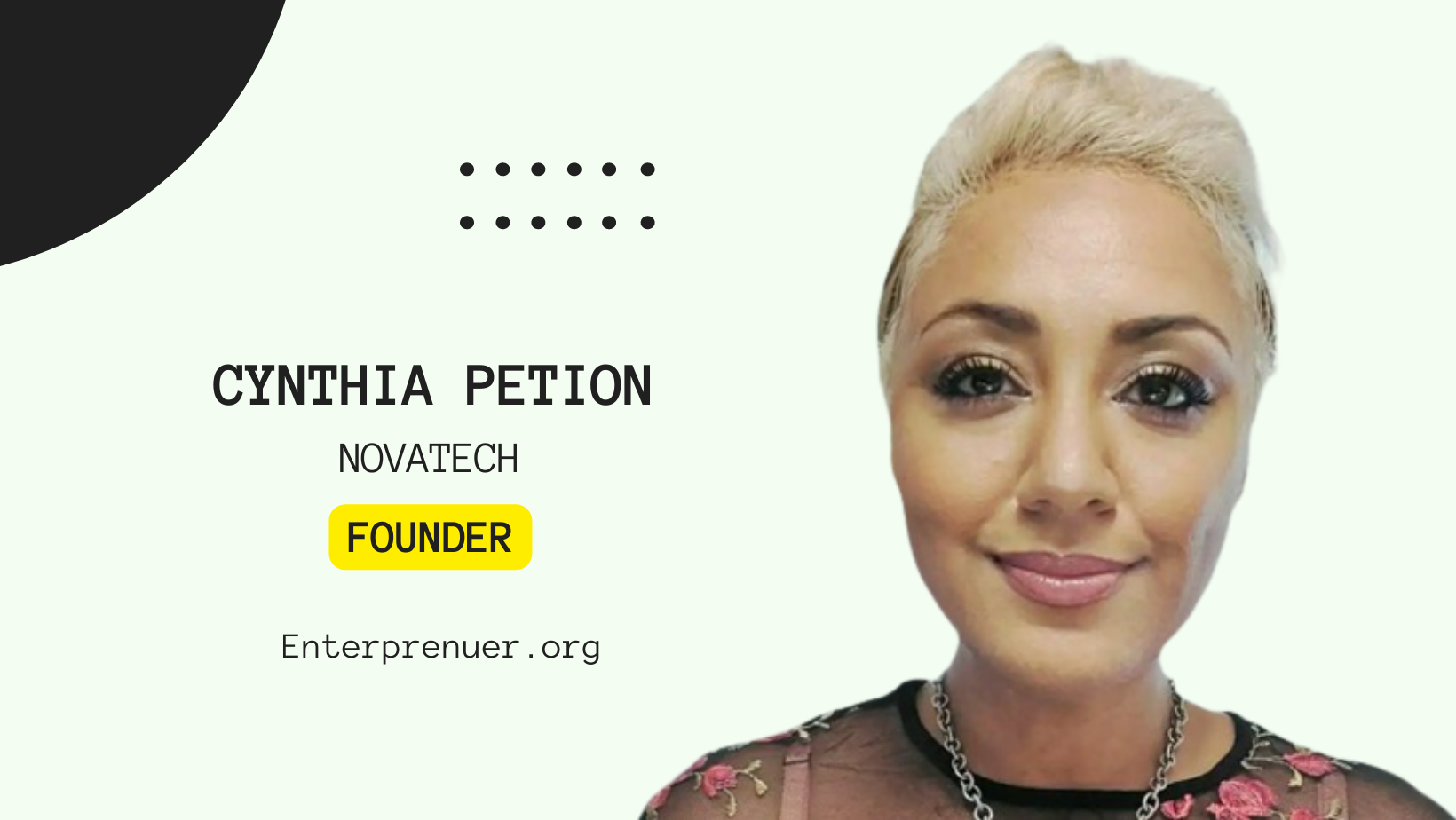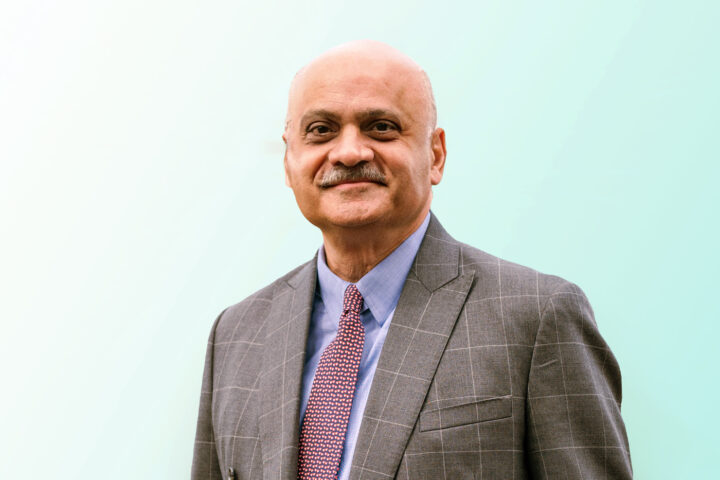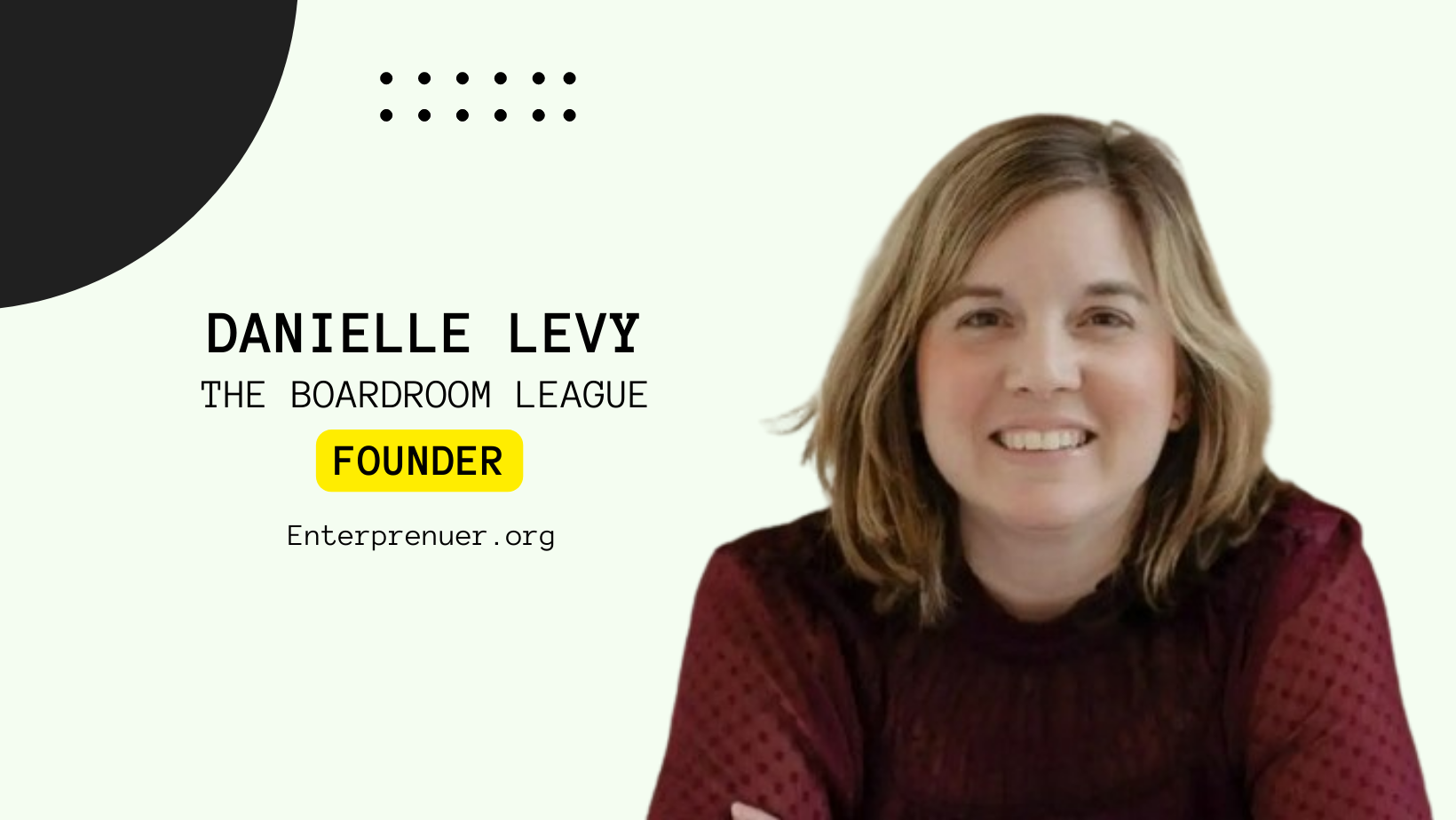Gabriel Munnich is an inventor, programmer, and designer.
For more than ten years, he has worked in engineering and architecture.
He is always tinkering, coming up with new ideas, and developing new technology to enhance his work.
What is the story of Design with FRANK get its idea?
We are only allowed to design for the most wealthy people and institutions.
There are many layers between our work and what the end-users need.
This is because designing takes time, and perhaps current design tools can be challenging to use.
Designers must be aware of technical aspects when designing with these tools.
We were, therefore, interested in developing tools that incorporate design intelligence.
We want to empower end-users to improve the accessibility of good design and make it more accessible in architecture.
How do you stay productive?
I start my day by answering client emails and inquiries at 8 am. Then, I set the morning goals for our small team via slack or in person.
Interviews with potential hires are also conducted.
I then solve some technical issues that we are facing, either coding or architecture-related.
We then cook together and share lunch around noon.
In the afternoon, we often host investors and clients meetings. Internal exchanges are also common.
I’m usually alone around 7 pm and can learn new things for several hours before ending the day at 9 or 11 pm.
How do you bring ideas to life?
We often iterate in architecture and software by starting with a poor version that clearly shows the problems and the strengths.
We often have multiple issues, so we try to solve them differently until we get 5-10 better versions.
We then merge them and improve and iterate over the one version.
We are currently working on multiple software versions simultaneously to achieve the right balance in software development.
While one of our prototypes now online emphasizes simplicity, we are also working on another more design-oriented prototype.
These prototypes will eventually merge, but we’ll have learned more by working with them individually first.
What’s your favorite trend?
Digital fabrication and 3D printing are exciting to me.
I built and designed many machines during school.
Instant Lounge is the latest machine I co-invented.
It stacks a large cotton tube with cherry pits and creates seating arrangements upon demand.
The device can rewind the cotton rope to make new seating arrangements or stack it in another shape.
This falls under the umbrella of responsive digital fabrication and smart cities.
What habits make you productive?
I never take anything for granted and always question things.
Although it may seem counterproductive, it’s a time-saver.
It is easy to make false assumptions and go wrong.
It helps you identify the known and unknown.
This isn’t always easy. It’s not clear if it is the traits that people around me prefer.
What’s your advice for the Noob?
If I had known about the world of coding earlier, I might have been a completely different person.
I was an awful student in school. I struggled to remember rules and learn information.
My college education was when I learned how to problem-solve and design.
This made me an excellent student. Because it was a worthwhile and exciting purpose, I found it easy to learn about everything.
My early learning years were filled with tinkering, so that I would have gotten more from it.
What is one thing we can all agree on?
While schooling is a privilege, it’s crucial to rebel against it to have autonomy and define what you oppose.
My college education was most successful because I could study and do research independently after I graduated.
I spent most of my time outside school.
What do you recommend as an entrepreneur?
I’m trying to improve my ability to change directions.
It takes a lot of time to develop a product and sometimes takes more than one person can afford.
We often need to create a portion of the product to get an idea of how long it will take.
It can be challenging to spend weeks working on a prototype, only to find that it needs to be scrapped or reduced in size.
One of my biggest struggles has been to learn how to let go of these prototypes and developments and to be able to drop them when necessary.
What’s your rich strategy?
Our first concern was to have customers and users.
It is tempting to spend too much time developing a great product and only go to market.
Three years ago, that was what we had in our minds.
Having one customer is almost like having zero.
We were tempted to create a product that could potentially serve prominent people.
We had a poor effect online, which led us to learn from users about their problems and helped us develop our product.
How do you overcome Failure?
For a previous startup, “bowerbird,” I spent many months training deep learning models.
It was thrilling and satisfying to automate image processing.
But we weren’t far from a market idea, so we had to give up.
I now try to avoid the complicated research problem and instead focus on more business-related goals.
Can you share a business idea?
Multi-material 3D printer, which prints reinforced concrete and Gypsum on-site. It doesn’t make just domes.
What’s your recent best buy?
My most recent $20 purchase is the clay cooking pot.
The pot’s thermal mass makes it possible to steam rice or other food by heating the stove for just 5 minutes.
What are your favorite Softwares or Apps?
AWS is an excellent platform for creating websites.
It has many powerful tools and services that can put things online.
We don’t have to manage the servers that deliver our website’s content.
Instead, we use AWS Cloudfront to cache our content in the most convenient locations.
This is great, as otherwise, we would have to spend more time on technical aspects than we do on our product.
Which book would you recommend?
The Fictions of Borges are my favorite, especially the Library of Babel.
Although it’s well-known, it’s still worth reading.
It is a fantastic example of how architecture can be crafted around the concepts of infinity and randomness.
It’s a beautifully designed, highly logical, and optimized narrative structure that I admire.
What’s your favorite quote?
Chloe Fan is my co-founder. This is how my strongest arguments are defeated.
It is also a very effective way to disconnect from the present.
TL;DR by Gabriel Munnich
- Good design should be available to all.
- It helps to make clumsy prototypes in order to get things moving.
- It is important not to get attached to ideas.
- Learning by yourself is key
